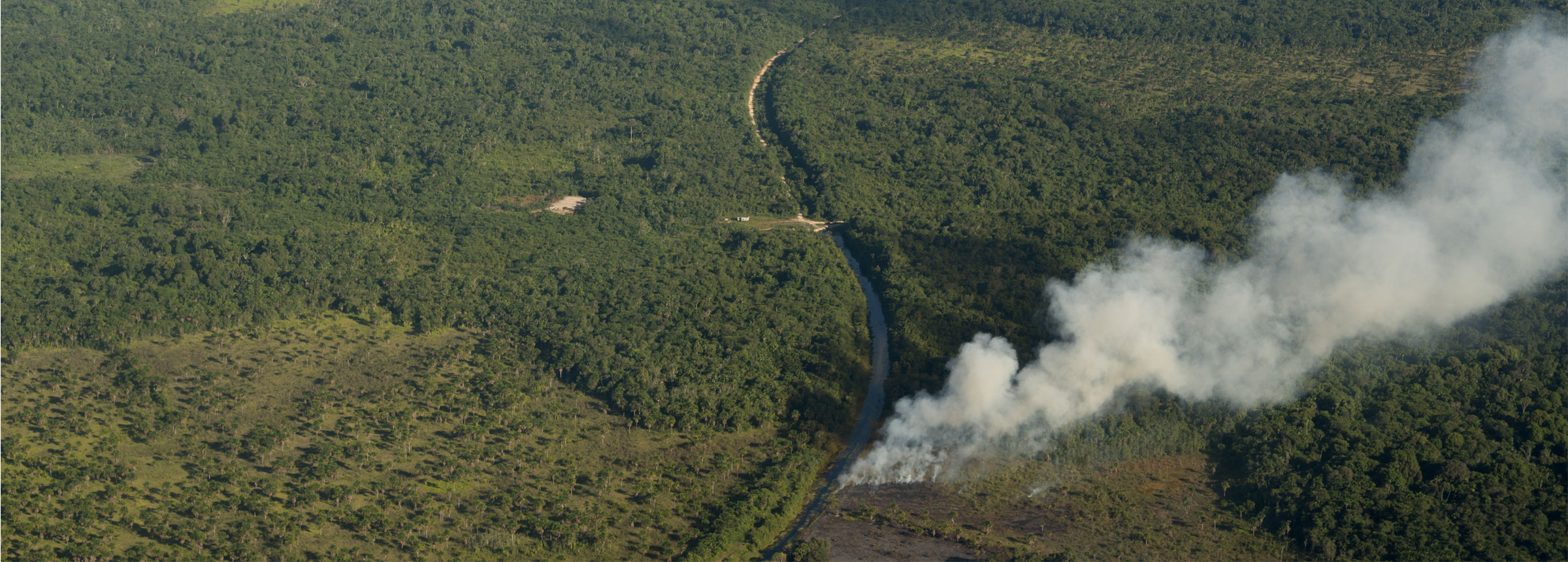
Major Climate Challenge Solved
Winrock scientists have solved the vexing problem of how to remotely measure how much timber is removed from forests and the resulting greenhouse gas emissions. With breakthrough work published in Environmental Research Letters, Dr. Tim Pearson and his team developed a new method that combines specialized aerial imagery with mapping and algorithms to automate the detection of extracted volumes and the emissions impact of selective, often illegal, logging.
Previously, selective logging volumes could only be measured on foot, making assessment across vast areas virtually impossible. Winrock’s NASA-funded research identifies a new method that uses remote sensing data to measure the volume of trees logged from tropical forests — including single valuable specimens that are plucked out almost undetectably. While the research uses data from Indonesia, the approach can be used to assess logging and resulting emissions throughout the tropics.
“This method allows us to look across tens of thousands, even millions of acres of forest to find out whether logging has happened and how many logs have been taken,” says Pearson, Winrock Ecosystem Services director. “Protecting the forest doesn’t mean putting a fence around it. This gives us a practical and important new tool to monitor and safeguard one of our most precious natural resources.”
Tropical timber harvest is a big business generating $7 billion in annual exports, but timber harvested from tropical regions is responsible for more than 1 billion tons of carbon dioxide emissions annually, more than double that from all global aviation.
Pearson and co-authors used LiDAR (a remote sensing method that uses pulsed laser light that penetrates the canopy to provide a high-resolution three-dimensional representation of the forest) and on-the-ground surveys to create equations that estimate legal and illegal logging and their carbon emissions. The equations use gaps in forest cover caused by the felling of trees and the dimensions of logging roads and skid trails (paths created by dragging downed trees through the woods) to explain up to 87 percent of the variation in data where LiDAR is used and 78 percent
where more moderate-resolution satellite imagery is used.
“Timber harvesting is complicated. It’s partially happening below the canopy and it hasn’t been visible with traditional low-resolution satellite imagery,” Pearson says. “But our work has allowed us to combine on-the-ground data with imagery to create the equations. Now, governments, industry and independent organizations will be able to monitor logging concessions and illegal logging like never before.”
